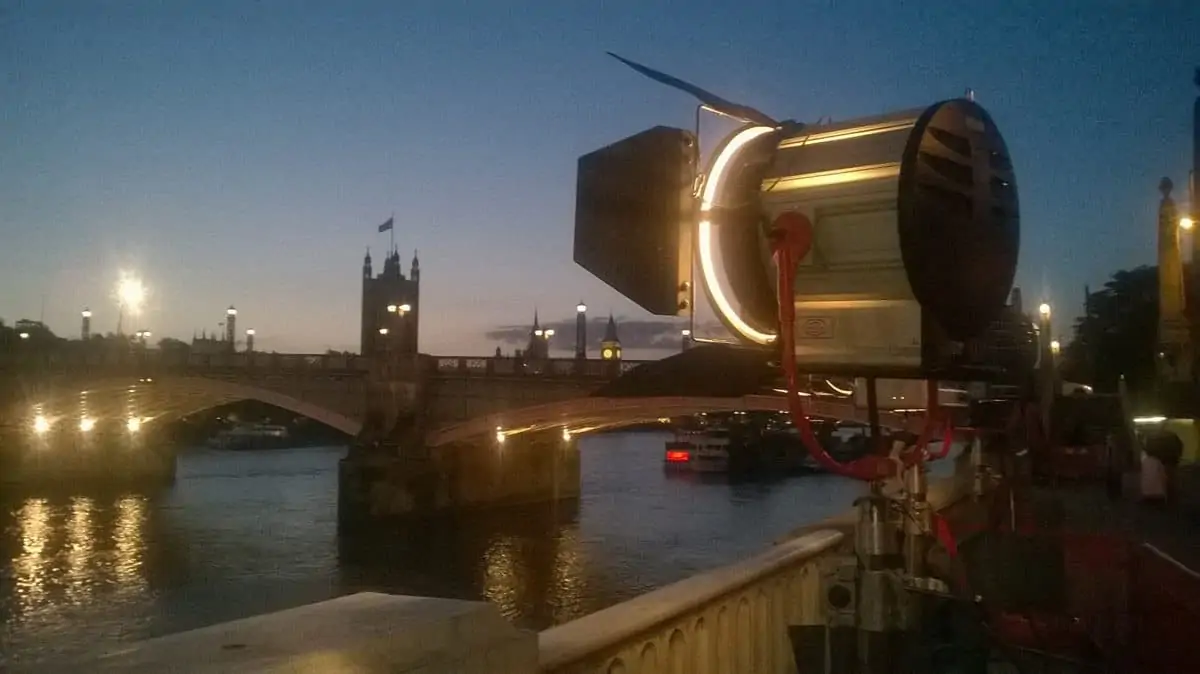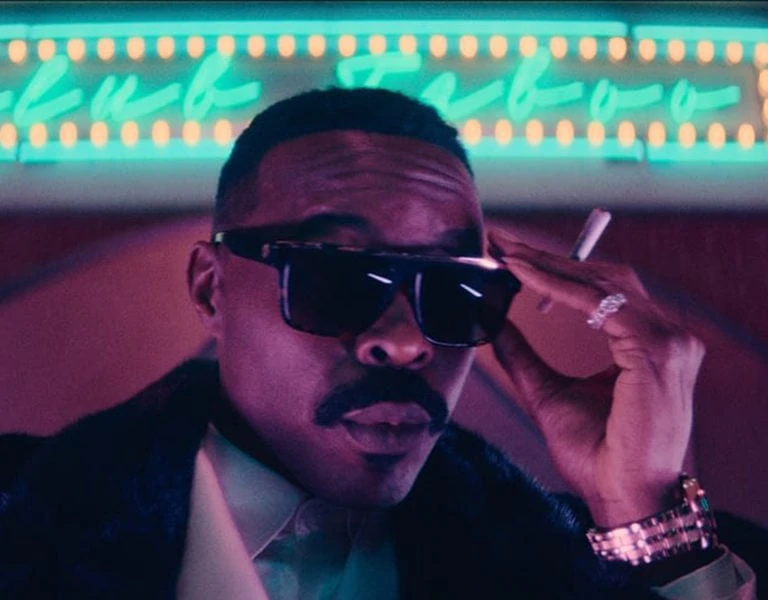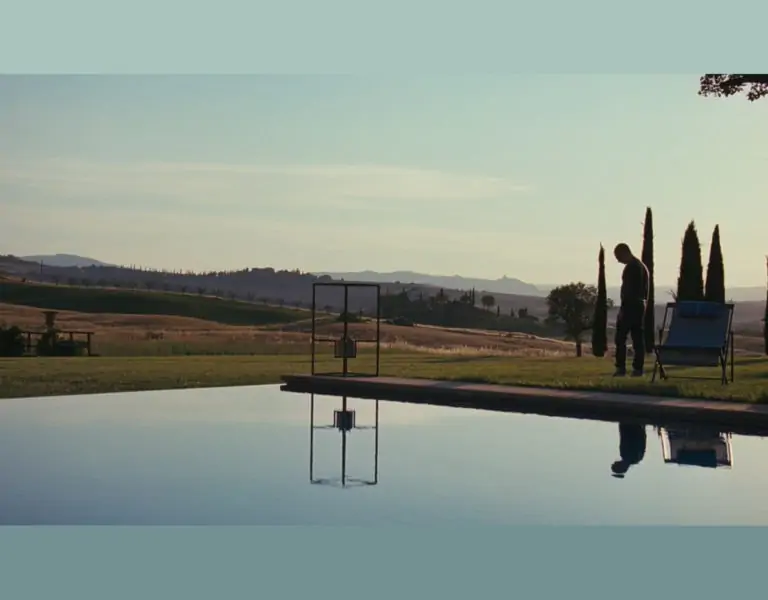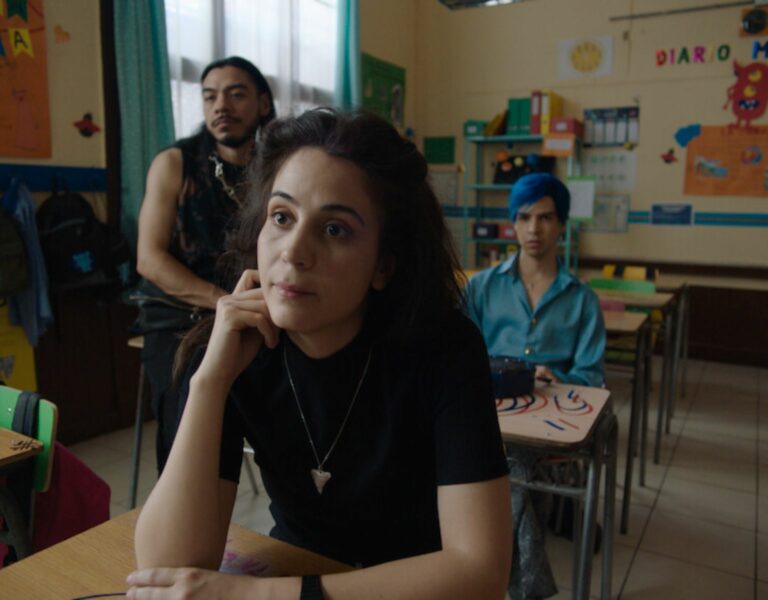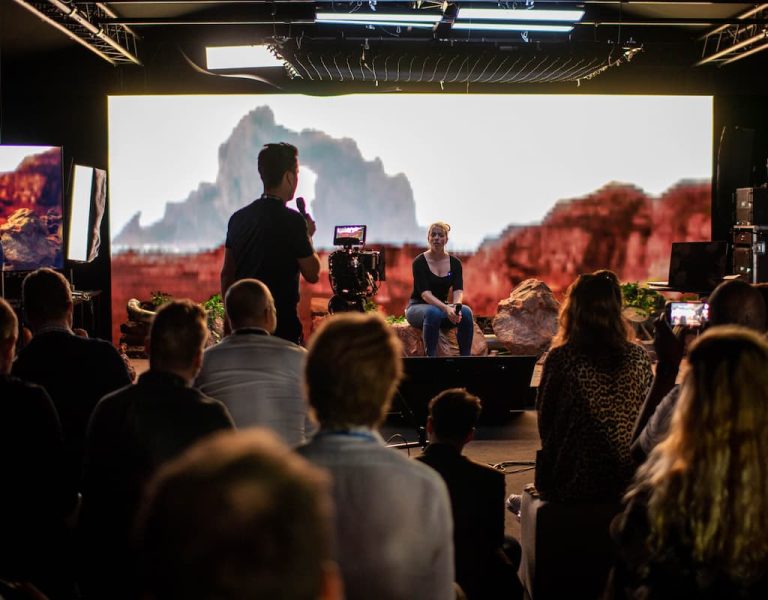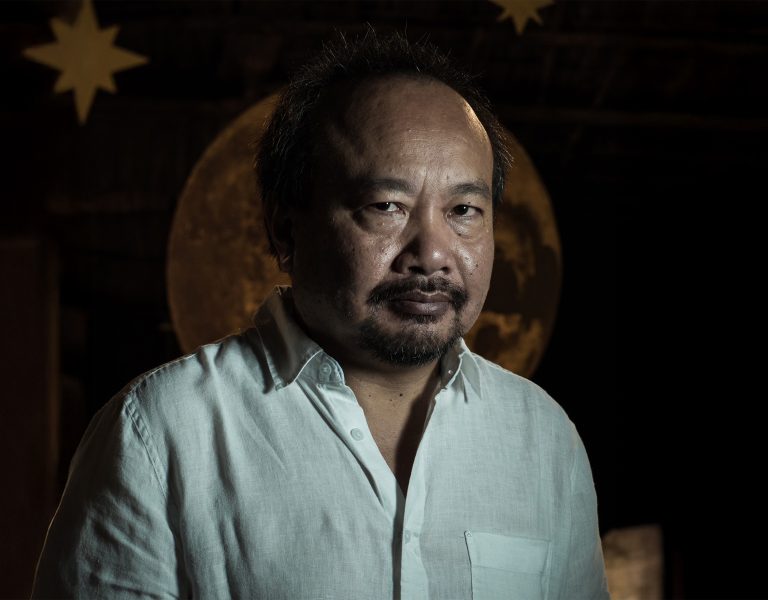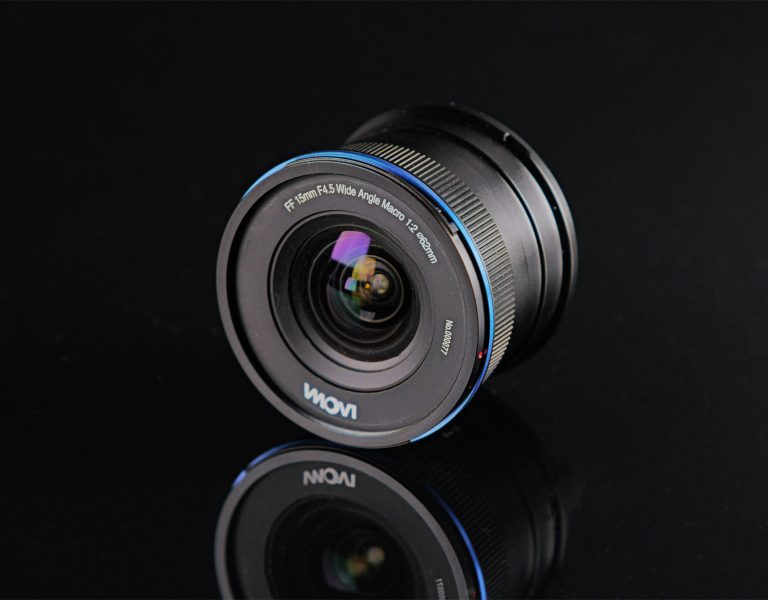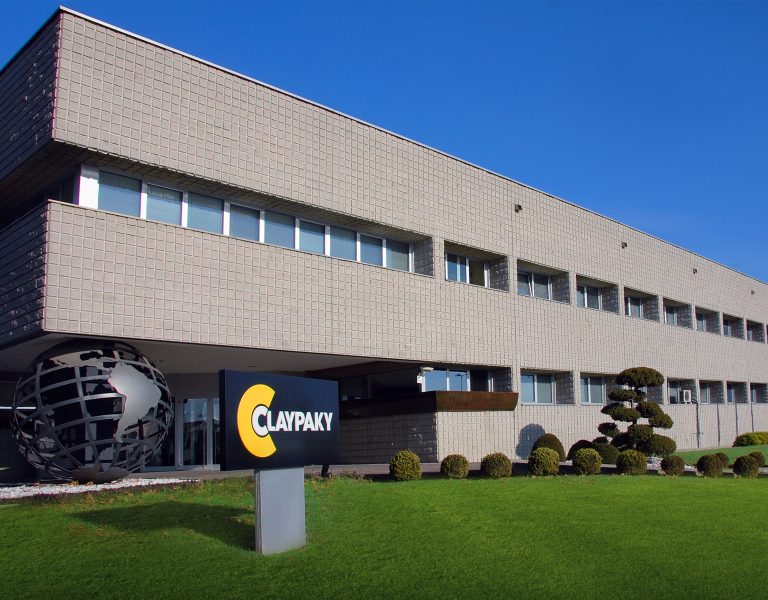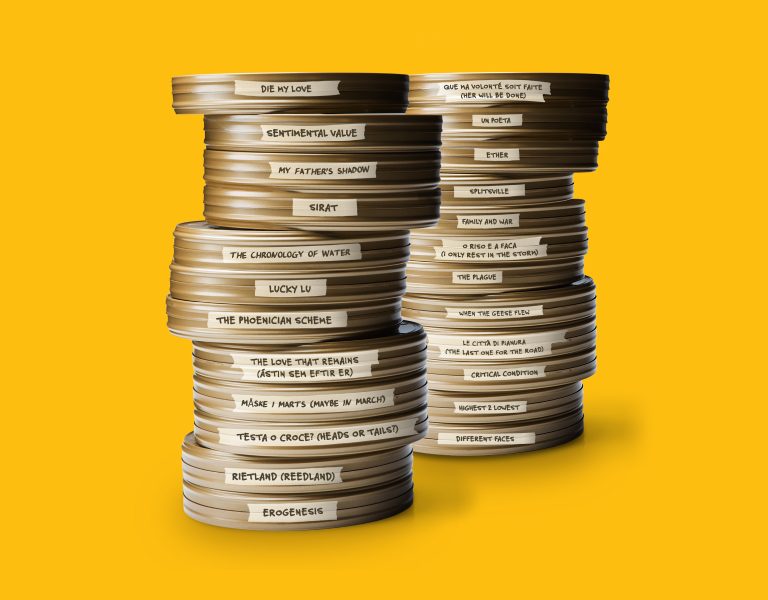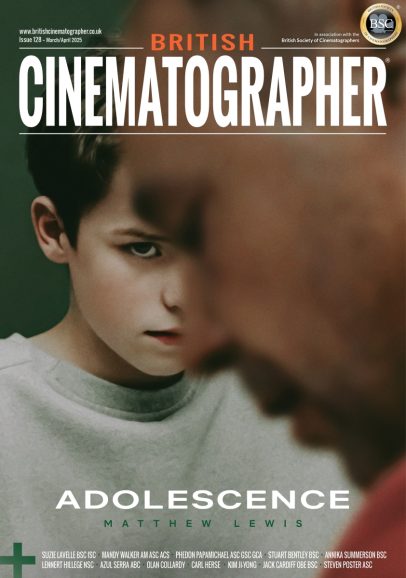
Director Ben Wicks and DP Laura Gallop discuss bringing an emotional depth to a creative take on death and life’s final moments in The Impending White Light, a powerful short inspired by a real near-death experience.
Where did the idea for the film come from?
BW: I’ve always had perhaps a morbid fascination with death and the afterlife. And believe it or not, The Impending White Light was born out of a true story. A few years ago, an old family friend sadly had a heart-attack at home, he was rushed to hospital and taken straight to the operating theatre. The surgeons did all they could to save him and were about to pronounce him dead when suddenly he awoke, gasping for air as if he had been re-born. A few weeks later, I popped over to check in on him and we got talking. I asked him what happened and what did it feel like….. he started to shake and get quite emotional as he described the feeling of floating over his own body as the surgeons tried to save him, he felt insanely cold and saw this intense white light that started to flicker as he saw a younger version of himself and his family. Then suddenly it went pitch black and the next thing he knew, he was on a hospital ward recovering.
I thought that his story would make for an interesting basis for a short film and The Impending White Light was born.
I had been writing the project on and off for about three years, in between my work as an assistant director on HETV and features. My wife and I were talking about setting up a new production company at the time (which we recently did, Field End Films) and we thought that The Impending White Light would make for a fantastic, unique and interesting project to launch our company with.
I was shooting another short, Lost Beginnings, with Laura Gallop (my very good friend and DoP) and I pitched The Impending White Light to her and she instantly said yes! She loved the concept and the story so we started very early prep on it whilst we were still in post of the other project.
Which cameras and lenses did you use and why?
BW: We shot on the Alexa Mini LF with Iron Glass Mark II Lenses. We did a lot of lens tests over at Focus Canning, who very kindly came on board and supported the project. We tested an eclectic mix of lenses, but the Iron Glass had a really nice character to them and we felt they gave a nice balance between a not too sharp, clean crisp image and something too vintage and soft. The slight flaring of the lenses were really cool and added an interesting addition to the visuals.
LG: We shot on the Alexa Mini LF, which has been a favourite of mine for a while. I’ve always appreciated how straightforward and reliable the Alexa cameras are. Since the Alexa range first came out, I’ve found them to be refreshingly straightforward to use – especially for someone like me who started with film photography and shooting on DV. When the Alexa Classic was released, it felt more like shooting on a film camera rather than with a digital camera, and I really connected with that. When it comes to projects, my process usually starts with choosing lenses, filters, and lighting. The camera comes last unless there are specific needs, because for me, the camera is just the tool to capture the story. What I really care about is ease of use and a great dynamic range, which the Alexa cameras always deliver. For this project, we were really fortunate that Deniz Yildiz at SeaStar Rentals helped us out massively with the camera rental, making it possible to shoot the project on the Alexa Mini LF.
Ben and I did some lens tests early on at Focus Canning, and after trying several options, we felt the Iron Glass lenses gave us the perfect balance of character without losing a clean look. We were really careful to avoid a too-polished, sterile look, especially since the film is set in a morgue, and the Iron Glass lenses had just the right amount of texture. Focus Canning has such an amazing selection of lenses that we were spoilt for choice during the tests and were able to thoroughly test with filter combinations. We were also able to use a specific Helios lens from NO9 Optics for an in-camera effect, which matched perfectly with the Iron Glass lenses.
How did you come about working with Laura?
BW: Laura and I first met on a short film back in 2018. I was searching for a DoP to come and shoot the project and a mutual friend, Seb Joly recommended that the two of us meet. The Impending White Light marks our third collaboration together. Interesting, Seb Joly, now ACO ,joined us on the project as our Camera Operator. It was lovely to have the three of us back together again after so long.
I adore working with Laura. She and I are not only good friends (which helps when you are shooting fast paced, sometimes stressful short film schedules) but we are creatively in sync. We both like similar things (not just film and tv, but our love of cheese is well documented!). We actually started our process very early on, I trust her wholeheartedly and involved Laura at the script re-write stage to ensure that we could create the right cinematic tone and visual language, which I embedded into the script.
I hope this is the start of a long and fun working relationship with her. We are already discussing the next one!
How did you light it?
BW: I’ll leave this to Laura!
LG: Given the tight budget and the fact that we were often shooting wide shots in a relatively small space, Ross Lasme (gaffer), Telmo Santos (production designer), and I worked together to incorporate practical lighting into the set. Some of these were Titan tubes dressed up to look like fluorescent fixtures, while the rest of the lighting came from a mix of tungsten heads, lightweight Aladdin LEDs and slightly bigger lamps like a Skypanel S60. What’s great about smaller tungsten heads is that they’re incredibly cost effective to hire, yet still great workhorses. I also brought along my trusty Neewer panel to provide some ambient fill, and it held up surprisingly well! The film included a dance sequence which we covered on Steadicam, and this was where the Aladdin 1×1 really came in use. Ross was able to set this up with a half gem ball modifier and boom the lamp in/out for a touch of fill depending on reflections.
We had a pre-light day to make sure everything was set, and ensured most of the LED heads were wirelessly controlled via an iPad. Not only did this allow us to work quickly during turnarounds, helping us hit our target of 42 slates but it was really important to have wireless control for some timed light flicker effects which were an important element story-wise.
What was the biggest challenged you faced and how did you overcome it?
BW: There are always many challenges on short films. We wanted to shoot 11 pages of dialogue in two days. Thankfully, I have a brilliant First AD (Illias Thoms) and amazing Producer (Francesca Marago) who worked tirelessly to ensure that was achievable. We shot the film at The Hospital Location at West London Film Studios and they couldn’t have been more supportive and willing to help us make the project. We had a full pre-light and rehearsal day which allowed us to hit the ground running when it came to the shoot weekend. Not many shorts get that luxury so I am forever thankful to the cast & crew for ensuring everything was ready to go!
I pride myself on writing and creating ambitious shorts which, sometimes, on limited funds can be a challenge. But through that challenge, every single one of the cast and crew rose up to it! The industry is in a strange place right now, lots of us are struggling to find work and it feels very quiet. I was worried that finding cast and crew on lower, short film rates would be tricky. But I was proven very wrong! We built a cast and crew list of the very best people that I have had the pleasure of working with and I think you will see in the final outcome of the film, that their hard work and dedication really pays off.
LG: Budget and time are always the main challenges on short film projects, but what I really enjoy about working with Ben and the team is the thorough prep and pre-production we put in. It meant we were able to anticipate potential problems and deal with them ahead of time. The turnaround time for lighting was pretty tight, but I think my past experience with music videos helped me stay quick on my feet. One of the bigger hurdles was getting the lighting kit we needed within budget, but my good friend and brilliant gaffer/owner-op, Tom Nowell, came to the rescue by hiring us his spare kit. Somehow, he managed to sort this out while also gaffing a feature film at the same time – what a legend!
In the end, most of the challenges we faced were mitigated thanks to the efforts of an incredible team of crew and suppliers. From my point of view, this film wouldn’t have been possible without everyone’s support and hard work.
Which sequence/shot/moment are you most proud of and why?
BW: We have this rather emotional, poignant moment during the final third of the film where our lead actor starts to hallucinate and see things that effectively embody “the white light” – this definitely is a moment I am really proud of as it works so well in the edit. This is enhanced by the fantastic Helios lens that NO9 Optics kindly lent us. I’ve played around with this particular moment more times in the edit than any other and I think will draw quite an emotional response from the audience! Well, hopefully anyway!
LG: As odd as it may sound, I’m actually really proud of the wide ‘god’ shot. While it could be seen as just a static wide, it’s the one I look at and feel a real sense of pride in what everyone put into making the short film so special. There’s something truly magical about working in film and seeing how everything on screen is the result of so many talented people coming together.
It’s been a tough few years for film in the UK, as we all know, but we’re really lucky to have such a talented pool of people in the industry. That wide shot, in particular, makes me realise just how much talent went into this film. It’s something that excites me as I move forward with my journey into narrative projects, and I’m looking forward to hopefully working with such incredible cast/crew/suppliers again in the future.
What was the biggest learning curve for you both on the production?
BW: I’m constantly learning and after every film I sit back and think what I’d do different and what worked & what didn’t. However, on this project in particular, I have taken away how important it is to have a rehearsal day before hand. It allowed the cast and I to really nail down the initial blocking and work out any nuances that we could add into the script (or takeaway!) that ensured we could hit the ground running on the first shoot day. I appreciate that a rehearsal and pre-light day is a luxury in short films but I am certainly going to push for it on everything in the future!
LG: It’s been a really rewarding experience bringing together my combined knowledge from working in the lighting department and as a cinematographer, and getting back into shooting short films after many years. It’s given me a clear sense of where I’m at in terms of experience and the trajectory I am on, but I’m a firm believer that you never stop learning. On this production, I think my biggest takeaway was learning to step away from operating. After years of self-operating, it was a welcome change to pass those duties over to Sebastian Joly ACO. Having worked with him as a Steadicam operator in the past, it was great to have him on board as the camera operator for the entire project. It was a brilliant opportunity to develop my skills in working alongside an operator and in the past when Ben I have worked together I’ve been ‘on camera’ so it was lovely to be present beside Ben at the monitor.
*The Impending White Light is a story of how two dead bodies, from totally different backgrounds and generations, form an unexpected connection in the morgue they are being kept in. As they bond over their lives, they pose an answer to the age old question of what really happens when we die.
The project stars Dipo Ola (Landscapers, Ludvig) and Georgie Glen (Calendar Girls, Call The Midwife). Produced by Francesca Marago on behalf of Ben and Kristina Wicks’ new production company, Field End Films. Ben & Kristina serve as Executive Producers. The project was supported by Focus Canning, Sea Star Rental and Productions, Picture Shop and Run Light Limited.
